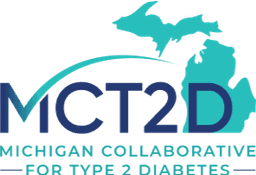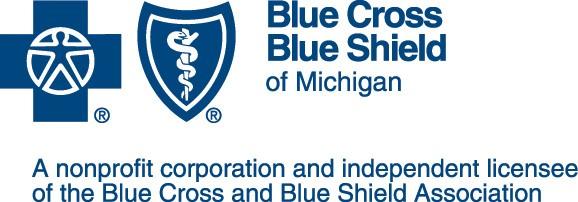SPECIALTY CARE

A Primary Care-Based Weight Navigation Program
Updated: 07/16/24
Citation: Griauzde DH, Turner CD, Othman A, Oshman L, Gabison J, Arizaca-Dileo PK, Walford E, Henderson J, Beckius D, Lee JM, Carter EW, Dallas C, Herrera-Theut K, Richardson CR, Kullgren JT, Piatt G, Heisler M, Kraftson A. A Primary Care-Based Weight Navigation Program. JAMA Netw Open. 2024 May 1;7(5):e2412192. doi: 10.1001/jamanetworkopen.2024.12192. PMID: 38771575; PMCID: PMC11109771.
Abstract
Importance: Evidence-based weight management treatments (WMTs) are underused; strategies are needed to increase WMT use and patients' weight loss.
Objective: To evaluate the association of a primary care-based weight navigation program (WNP) with WMT use and weight loss.
Design, setting, and participants: This cohort study comprised a retrospective evaluation of a quality improvement program conducted from October 1, 2020, to September 30, 2021. Data analysis was performed from August 2, 2022, to March 7, 2024. Adults with obesity and 1 or more weight-related condition from intervention and control sites in a large academic health system in the Midwestern US were propensity matched on sociodemographic and clinical factors.
Exposure: WNP, in which American Board of Obesity Medicine-certified primary care physicians offered weight-focused visits and guided patients' selection of preference-sensitive WMTs.
Main outcomes and measures: Primary outcomes were feasibility measures, including rates of referral to and engagement in the WNP. Secondary outcomes were mean weight loss, percentage of patients achieving 5% or more and 10% or more weight loss, referral to WMTs, and number of antiobesity medication prescriptions at 12 months.
Results: Of 264 patients, 181 (68.6%) were female and mean (SD) age was 49.5 (13.0) years; there were no significant differences in demographic characteristics between WNP patients (n = 132) and matched controls (n = 132). Of 1159 WNP-eligible patients, 219 (18.9%) were referred to the WNP and 132 (11.4%) completed a visit. In a difference-in-differences analysis, WNP patients lost 4.9 kg more than matched controls (95% CI, 2.11-7.76; P < .001), had 4.4% greater weight loss (95% CI, 2.2%-6.4%; P < .001), and were more likely to achieve 5% or more weight loss (odds ratio [OR], 2.90; 95% CI, 1.54-5.58); average marginal effects, 21.2%; 95% CI, 8.8%-33.6%) and 10% or more weight loss (OR, 7.19; 95% CI, 2.55-25.9; average marginal effects, 17.4%; 95% CI, 8.7%-26.2%). Patients in the WNP group were referred at higher rates to WMTs, including bariatric surgery (18.9% vs 9.1%; P = .02), a low-calorie meal replacement program (16.7% vs 3.8%; P < .001), and a Mediterranean-style diet and activity program (10.6% vs 1.5%; P = .002). There were no between-group differences in antiobesity medication prescribing.
Conclusions and relevance: The findings of this cohort study suggest that WNP is feasible and associated with greater WMT use and weight loss than matched controls. The WNP warrants evaluation in a large-scale trial.
Tags: For Providers, Research, Created By MCT2D


